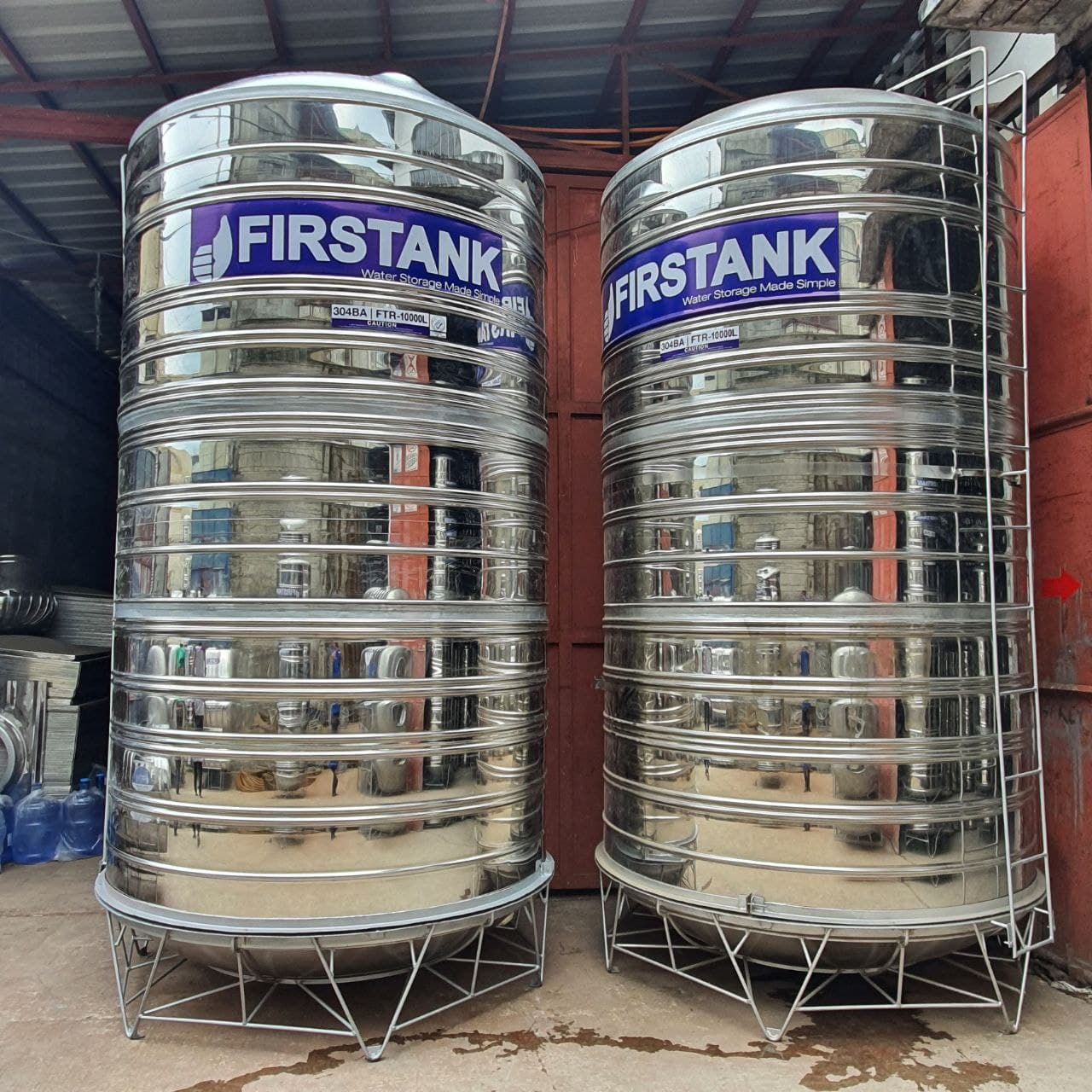One of the most common concerns of water storage tank owners is how to maintain the cleanliness of their unit and the freshness of their supply. So here’s a rundown of some of the most effective answers to their question.
1. Purchase a unit that is made for storing water.
This might seem a no-brainer but a lot of people who acquire a water storage tank failed to get the proper unit. Always look for a food-grade tank in order to keep your supply safe for human consumption. Food-grade means that the materials used in manufacturing a polyethylene or stainless steel water tank are non-toxic. For instance, make sure that the fittings and connecting pipes are lead-free. Based on the standardized water guidelines, if your water contains more than 10 micrograms per liter of lead, it is not safe for drinking, cooking, and brushing teeth.
2. Look out for tank materials that might influence the taste of water.
Water tanks can sometimes impart specific tastes on your water supply. Case in point: galvanized tanks can impart a metallic taste when first filled. This is because of the leaching of excess zinc. Newly installed concrete tanks can also release excess lime, leading to a high pH and possibly a bitter taste. Water supply from other types of storage tanks tend to be acidic.
3. Choose an opaque water storage tank.
The color of a water storage tank plays an important role in the prevention of algae formation. Light-colored plastic water tanks may allow the passage of sunlight, thereby leading to the growth of algae. Eventually, this will make your harvested water nearly unusable. In case you don’t know, algae is a type of bacteria that can carry toxins that are harmful to all living things. That includes you, your pet, and your plants.
4. Get rid of algae by using chlorine OR bleach.
Read that again: it states OR not AND. Meaning, just use one or the other. You may add 4 parts of chlorine to every 1,000,000 parts water. In this small of a ratio, your supply will still be safe to drink or irrigate with. Another option is to add 1/4 teaspoon of bleach to every gallon of water you store. Just be mindful of these ratios because too much chlorine or bleach in your water can be harmful.
5. Install the unit in a dark cool place.
Doing so will also prevent algal growth in your water storage tank. But of course, if you mount it indoors, make sure it is not in the same spot where you store fuel or other chemicals that produce vapors. If your only option is to install it outside, try to find an area where it will not be in direct contact with the sun.
6. Clean the unit at least every six months.
It is recommended to clean the unit — whether it is a polyethylene or stainless steel water tank — twice a year. If you have the luxury of time, of course you can do it more often. Make sure to drain the entire tank and scrub it clean with bleach or chlorine solution.



